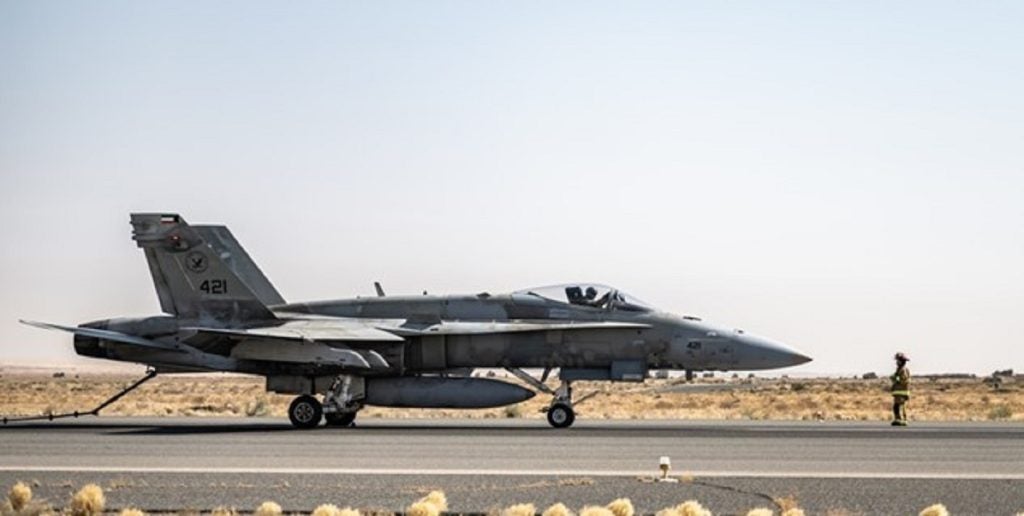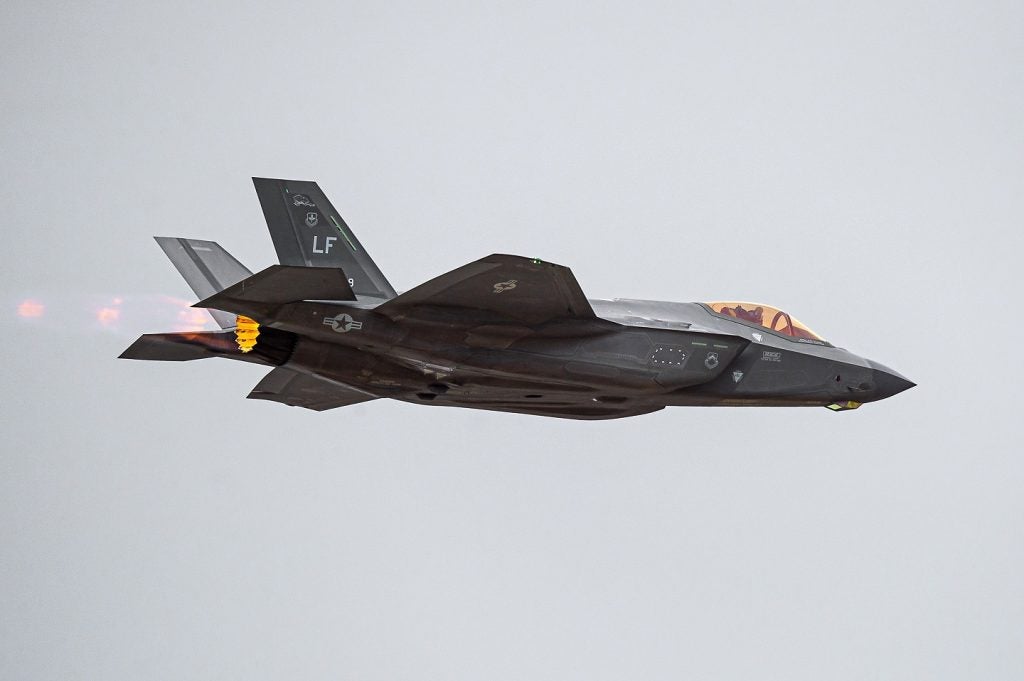The US Department of Defense (DoD) awarded a $153.3m contract modification to Kay & Associates, an Illinois-based engineering solutions provider to the US Armed Forces, on 30 January 2024 to support and maintain F/A-18C and D aircraft in the Kuwaiti Air Force.
Under this modified contract, the aircraft will receive maintenance, operation, and management support services and missile maintenance repair and storage facilities.
Their work will be performed in undisclosed locations in Kuwait, and the DoD expects the work to be completed in January 2025.
Foreign Military Sales customer funds in the amount of $76.6m will be obligated at the time of award, none of which will expire at the end of the current fiscal year.
The lifecycle stage of Kuwait’s F/A-18 C/D fleet
F/A-18 Hornet became the nation’s first all-weather fighter and attack aircraft and was designed for traditional strike applications such as interdiction and close air support without compromising its fighter capabilities.
The Hornet demonstrated its capabilities and versatility early in its life cycle during Operation Desert Storm in 1990-91, wherein the aircraft shot down enemy fighters and bombed enemy targets within the same mission, proving its lethal effectiveness as a strike fighter.
It is currently serving as the Marine Corps’ primary bridging platform to the F-35 until its planned withdrawal in 2030.
Production of C and D models ended in 2000, with the last delivery of an F/A-18D to the US Marine Corps occurring in the summer of the same year. In April 2018, the US Navy announced the retirement of the F/A-18C from combat roles.
F/A-18A/B/C/D Hornet domestic aircraft entered its Post Production Support (PPS) phase in FY00.
While these earlier models are being sustained well into the 2030s, the leading intelligence consultancy GlobalData, in its report on Kuwait Defence Market, 2023-2028, indicated that Gulf nation has already acquired 28 of the latest F/A-18E/F Super Hornet tactical fighters.











